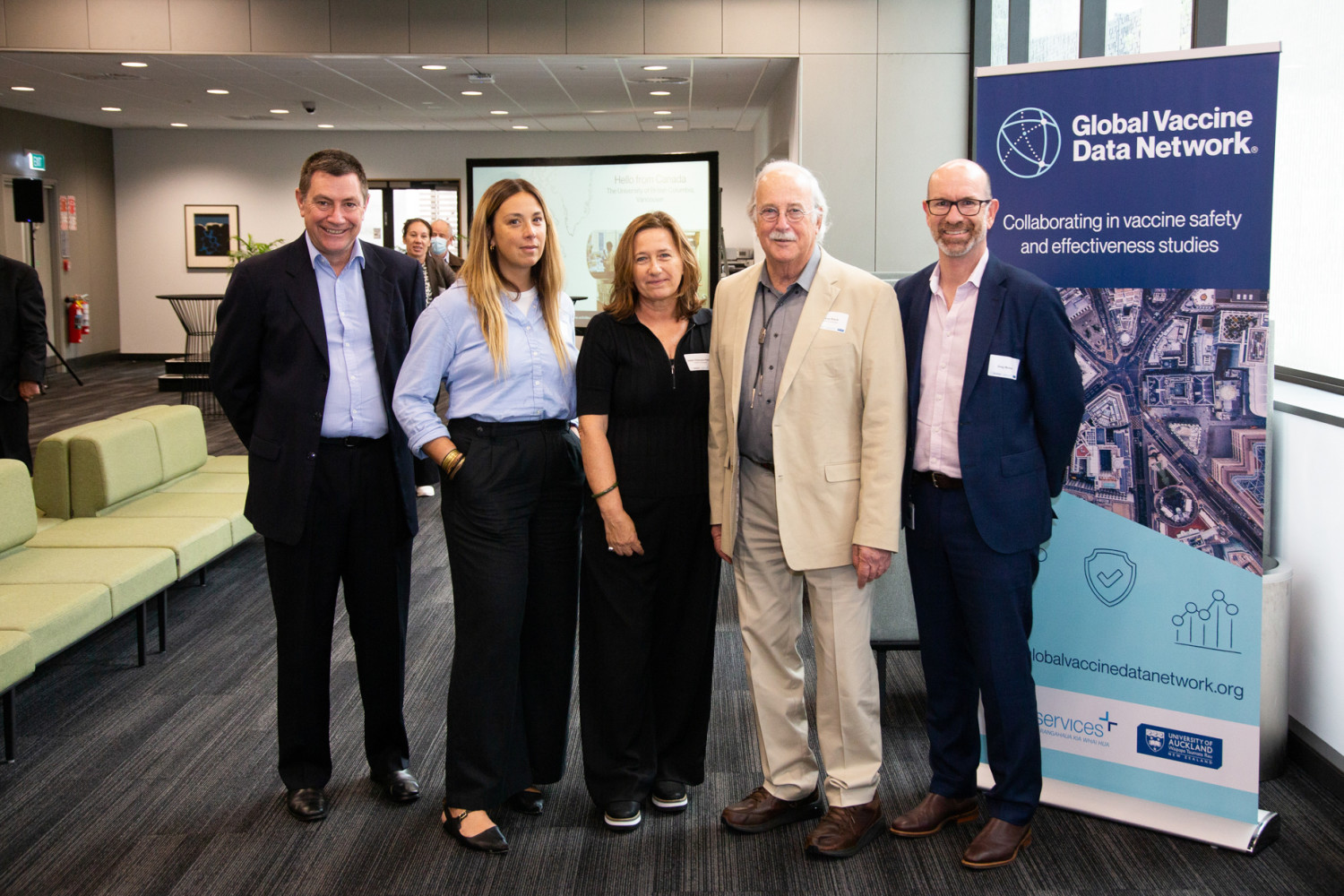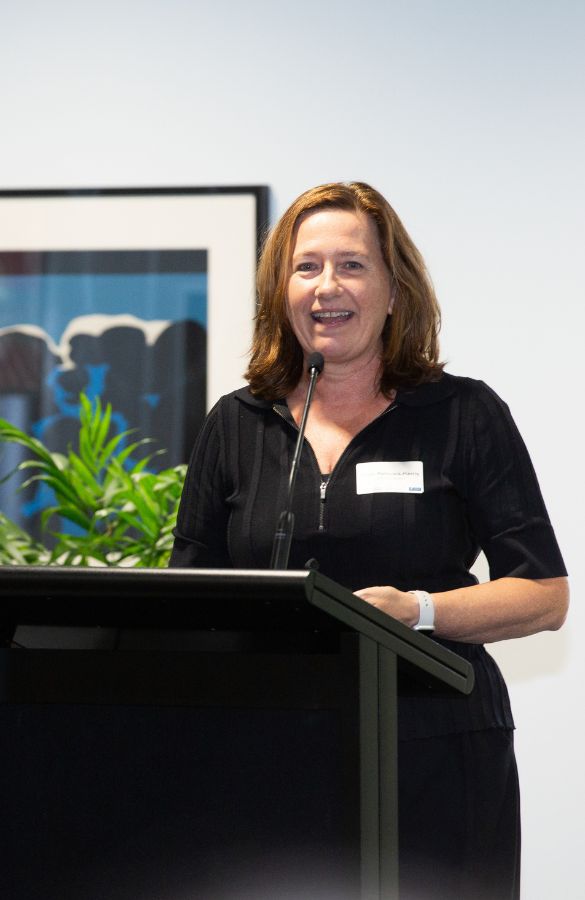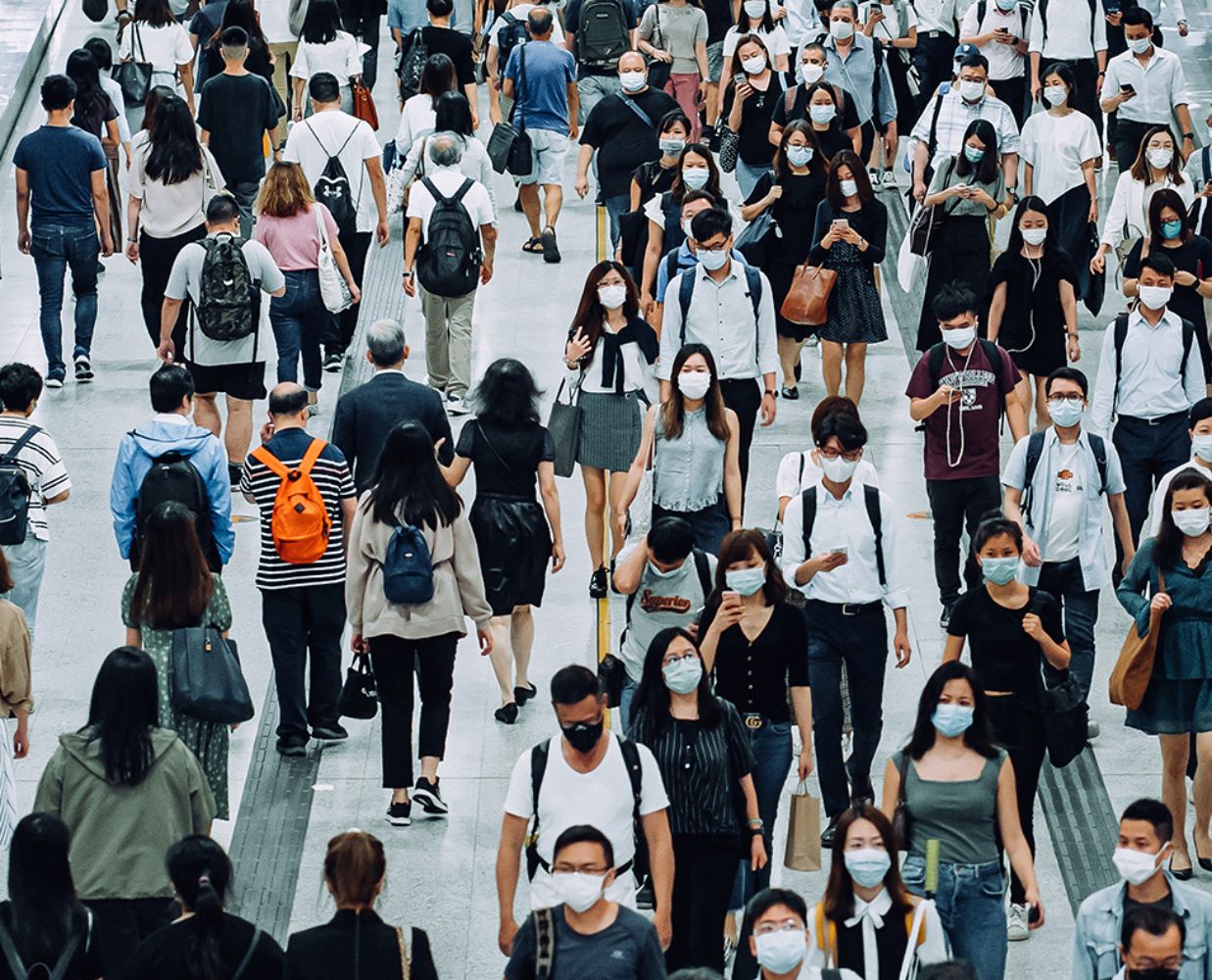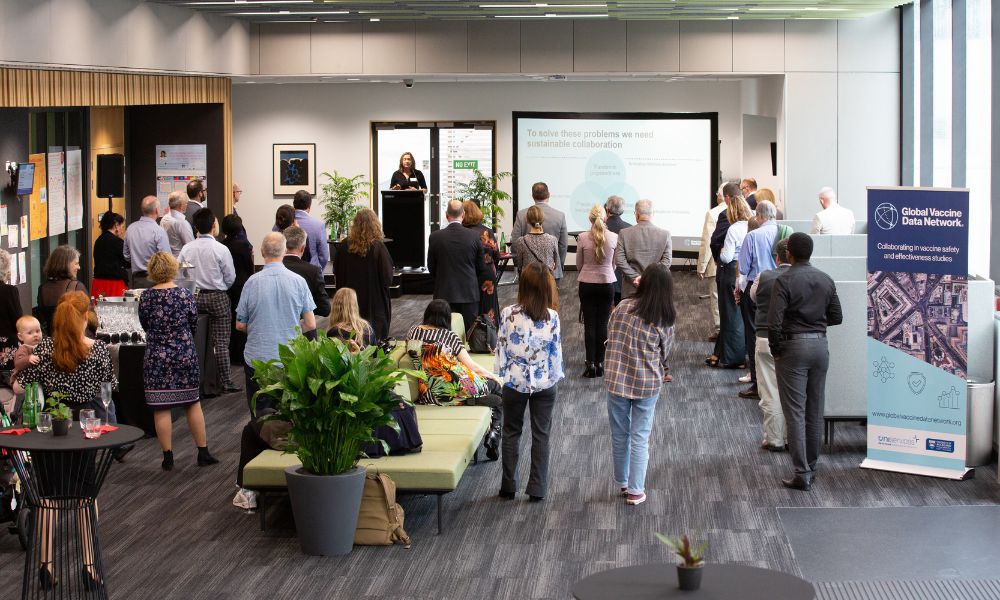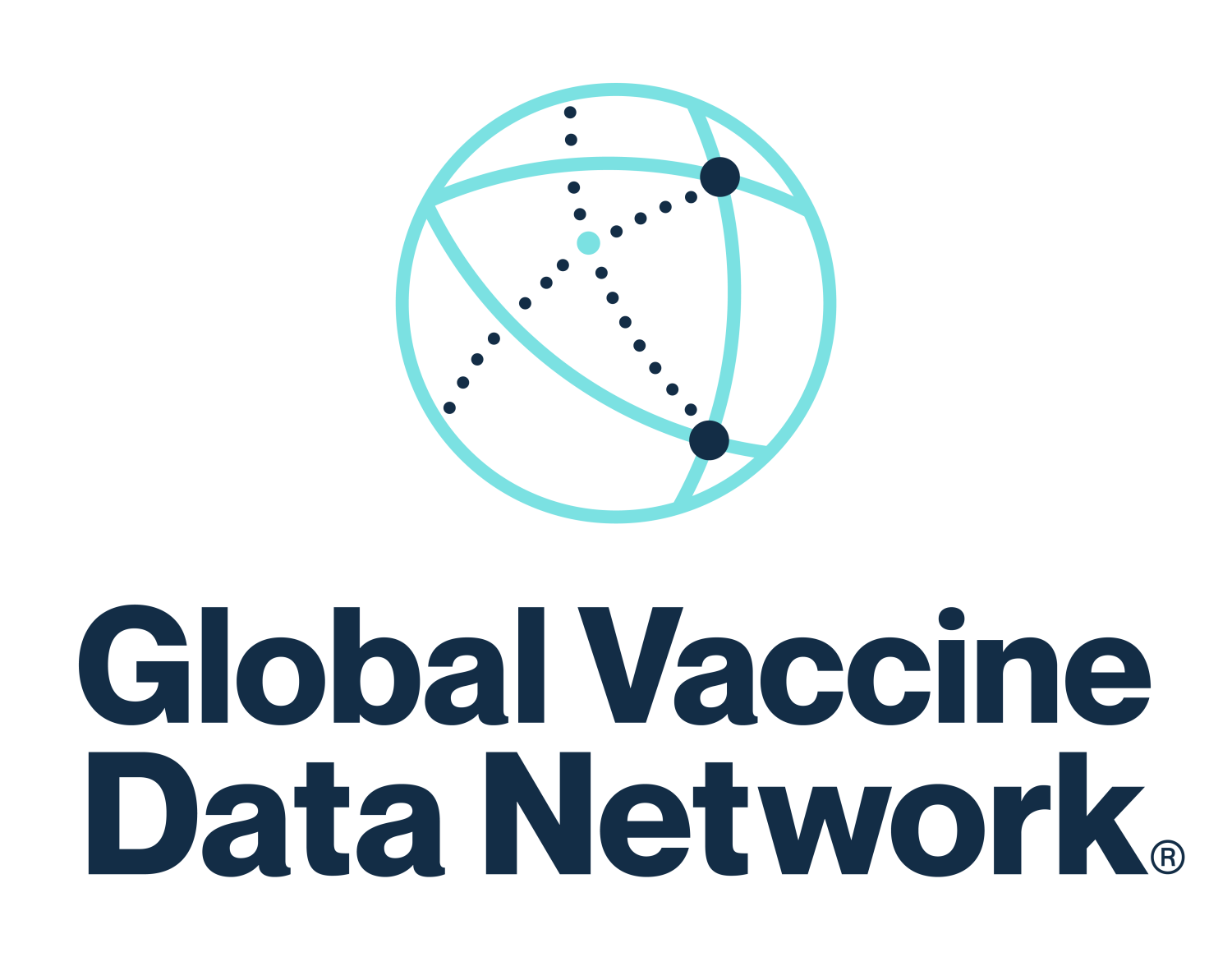The GVDN is a global partnership to monitor the safety and effectiveness of vaccines across hundreds of millions of people rather than just the tens of thousands involved in large clinical trials.
“If you wanted to identify a twofold risk of a vaccine-associated event that occurred in one in 100,000 people, you’d need to have 4.7 million people who’d received the vaccine,” says Associate Professor Helen Petousis-Harris. “If you want to start breaking that down into sub-populations – looking at people’s ancestry, different vaccine schedules, etc – it becomes even more problematic. No single site anywhere in the world can answer these questions for everybody.”
The GVDN’s founders began talking in the early 2000s about a global consortium to harmonise vaccine data but had trouble attracting financial support until UniServices and Waipapa Taumata Rau, University of Auckland backed the network to formally kick off in 2019. Only months later, Covid-19 emerged.
In 2021, the U.S. Centers for Disease Control and Prevention (CDC) awarded nearly NZ$8 million to UniServices to headquarter the consortium at the University of Auckland, with Petousis-Harris as one of the co-directors.
“Vaccine safety in general is very important to the Centers for Disease Control and Prevention,” says CDC epidemiologist Julianne Gee. “We’re really excited to see the data that comes out and what GVDN is going to be in the future as it grows.”
